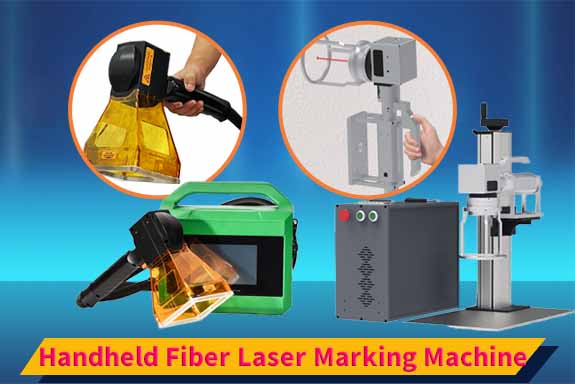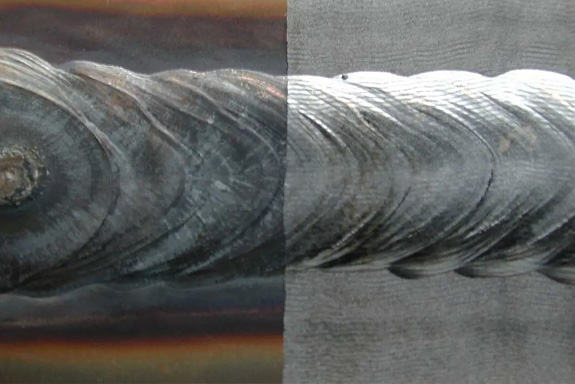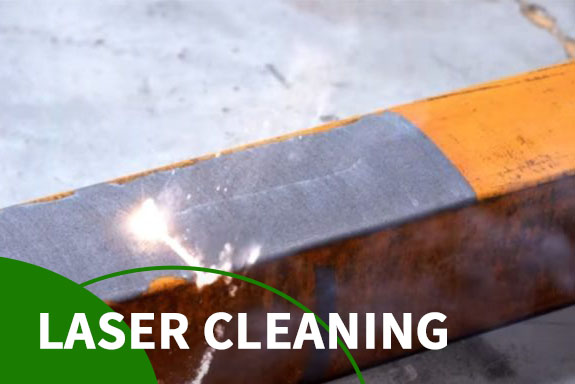The Advancements in Laser Technology
In recent years, the industrial sector has witnessed a significant transformation with the introduction of handheld laser welding and cleaning systems. These cutting-edge technologies have revolutionized traditional manufacturing and maintenance processes, offering unprecedented precision, efficiency, and versatility. The integration of laser technology into handheld systems has paved the way for enhanced productivity and cost-effectiveness across various industries.

Laser Welding: Precision and Versatility
Laser welding has emerged as a preferred method for joining materials in industrial applications. The utilization of handheld laser welding systems has further expanded the capabilities of this technology, allowing for greater flexibility and accessibility in diverse work environments. These portable systems enable operators to perform intricate welding tasks with unparalleled precision, making them ideal for applications in automotive, aerospace, electronics, and medical device manufacturing.

One of the key advantages of handheld laser welding systems is their ability to deliver high-quality welds while minimizing heat-affected zones. This results in superior weld strength and integrity, making it a preferred choice for critical components and assemblies. Additionally, the versatility of these systems allows for welding a wide range of materials, including stainless steel, aluminum, titanium, and various alloys, further enhancing their utility across different industries.
Furthermore, the portability of handheld laser welding systems facilitates on-site repairs and maintenance, eliminating the need for transporting large components to off-site facilities. This not only saves time and resources but also enables rapid response to repair requirements, minimizing downtime and optimizing operational efficiency.
Laser Cleaning: Efficiency and Environmental Sustainability
In addition to laser welding, handheld laser cleaning systems have gained prominence for their ability to remove contaminants, coatings, and oxides from surfaces with exceptional precision and efficiency. Traditional cleaning methods such as abrasive blasting and chemical solvents are often labor-intensive, environmentally hazardous, and can damage the underlying substrate. Handheld laser cleaning systems offer a non-abrasive, eco-friendly alternative that is well-suited for a wide range of industrial cleaning applications.

The versatility of handheld laser cleaning systems allows for the removal of rust, paint, oil, and other surface contaminants from metal, concrete, and composite materials. This capability is particularly valuable in industries such as shipbuilding, infrastructure maintenance, and historical artifact restoration, where preserving the integrity of the underlying material is crucial.
Moreover, the non-contact nature of laser cleaning minimizes the generation of waste and eliminates the need for consumables, contributing to a more sustainable and environmentally friendly cleaning process. The precision of laser cleaning also enables selective removal of contaminants without affecting the surrounding areas, ensuring minimal impact on the overall surface finish.
Integration of Laser Welding and Cleaning Systems
The convergence of handheld laser welding and cleaning systems has unlocked new possibilities for streamlining industrial processes. By combining these capabilities into a single handheld device, operators can seamlessly transition from welding to cleaning tasks, eliminating the need for multiple tools and simplifying workflow management.
This integrated approach not only enhances operational efficiency but also reduces equipment investment and maintenance costs. Furthermore, the ergonomic design of handheld laser systems ensures operator comfort and mobility, allowing for prolonged use without fatigue, thereby improving overall productivity.
The integration of laser welding and cleaning systems also aligns with the industry’s growing emphasis on automation and digitalization. These handheld devices can be integrated with robotic systems and CNC machinery, enabling automated welding and cleaning processes in manufacturing facilities. This not only improves consistency and repeatability but also enhances workplace safety by minimizing direct operator exposure to hazardous environments.
Future Prospects and Industry Adoption
As the demand for precision manufacturing and sustainable maintenance practices continues to rise, the adoption of handheld laser welding and cleaning systems is expected to proliferate across various industrial sectors. The ongoing advancements in laser technology, including the development of more compact and powerful laser sources, will further enhance the capabilities of these handheld systems, opening up new opportunities for their application.
Furthermore, the integration of smart features such as real-time monitoring, remote diagnostics, and connectivity with industrial IoT platforms will enable predictive maintenance and data-driven optimization of laser welding and cleaning processes. This convergence of advanced technologies will drive the evolution of smart manufacturing and maintenance practices, positioning handheld laser systems as indispensable tools for the industry’s future.
In conclusion, handheld laser welding and cleaning systems represent a paradigm shift in industrial processes, offering unparalleled precision, efficiency, and sustainability. The convergence of these technologies has redefined traditional manufacturing and maintenance practices, empowering industries to achieve higher levels of productivity and quality. As these systems continue to evolve and gain widespread adoption, they are poised to shape the future of industrial operations, driving innovation and progress across diverse sectors.
由用户整理投稿发布,不代表本站观点及立场,仅供交流学习之用,如涉及版权等问题,请随时联系我们(yangmei@bjjcz.com),我们将在第一时间给予处理。







